Gastropods include snails and slugs, a diverse group of mollusks that have successfully adapted to terrestrial and marine environments. They are the only mollusks that have conquered life on land, ranging from the common garden snail (Helix aspersa) that feeds on vegetables to the elegant Spanish dancer sea slug (Hexabranchus sanguineus). Due to their wide range of habitats, gastropods vary greatly in appearance and feeding habits, but they share key anatomical features that make most species easily recognizable. This article will provide a comprehensive overview of what gastropods are, their types, characteristics, habitats, diets, and reproduction.
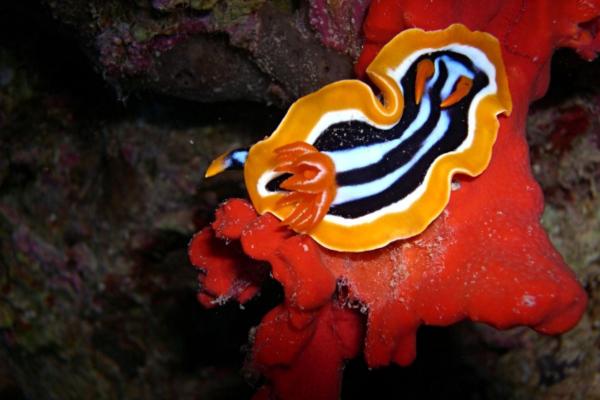
Gastropoda is a class within the phylum Mollusca, encompassing all species of snails and slugs. Gastropods represent about 80% of all mollusks, making them the largest class within this phylum. They include marine, freshwater, and terrestrial species. Most gastropods have an elongated body with a large muscular foot used for locomotion and a single, usually spiral-shaped shell in which the animal can retract for protection. Some species have lost their shells through evolution, resulting in slugs and nudibranchs.
Despite their diversity, gastropods share several physical traits:
Visceral Mass: Contains most of the digestive, reproductive, and respiratory organs.
Mantle: A tissue layer covering the visceral mass, often secreting the shell material.
Head Region: Usually well-defined with two or four tentacles bearing eyespots for detecting light changes. The ventral mouth may have palps that assist in locating food.
Foot: The ventral muscular organ used for crawling or swimming, giving the group its name—'gastropod' meaning "stomach foot" in Greek.
Torsion: A unique larval developmental process in which the visceral mass, mantle, and shell rotate 180 degrees, repositioning the digestive tract and other organs. This may help with balance and shell retraction.
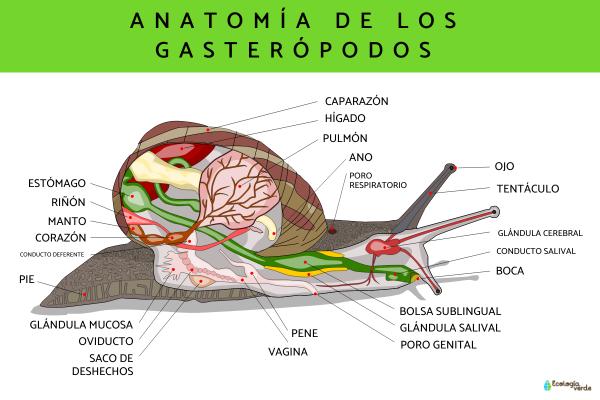
Gastropods are traditionally divided into three main groups based on respiratory structures and lifestyle:
Pulmonates breathe air using a lung-like cavity that replaces gills. They mostly possess shells but also include some shell-less species. Examples include:
Giant African snail (Achatina fulica)
Gray slug (Limax cinereoniger)
Tree snail (Zonitoides arboreus)
Most prosobranchs breathe via gills, though some have adapted to terrestrial life by developing lung-like cavities. They are primarily marine, with some freshwater species. Their gills are located in front of the heart. Examples include:
Hedleya macleayi
Abalone (Haliotis geigeri)
Puperita pupa
Opisthobranchs have gills located behind the heart and mostly consist of sea slugs, many of which are carnivorous, feeding on sponges, hydroids, and other marine invertebrates. Some also respire through their skin. Examples include:
California sea hare (Aplysia californica)
Ardeadoris egretta
Elysia crispata
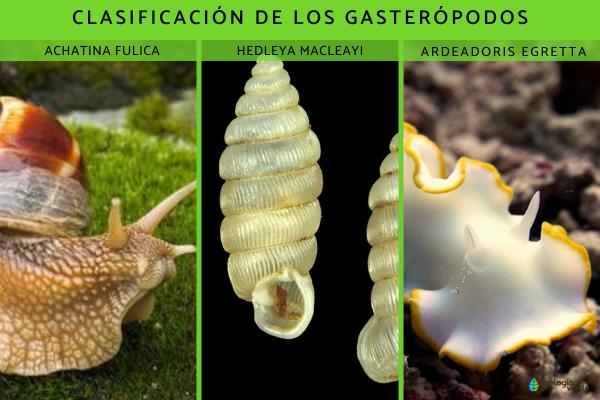
Gastropods inhabit terrestrial, freshwater, and marine environments worldwide. The majority live in marine coastal waters where food availability and habitat diversity are greatest. Some pelagic gastropods like sea butterflies (Thecosomata) live suspended in the water column as part of the plankton community.
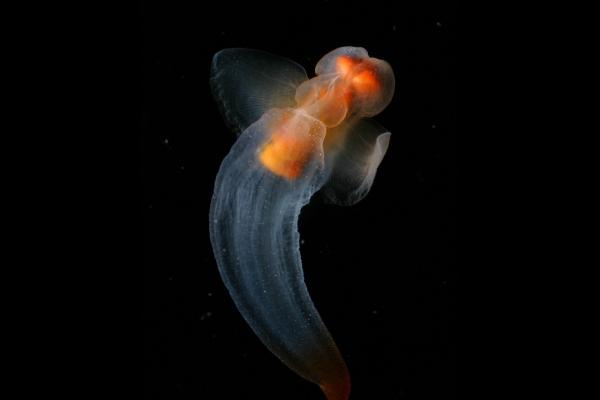
Due to their vast diversity, gastropods have varied diets:
Herbivores: Grazing on algae and plants.
Carnivores: Preying on small animals or scavenging.
Filter feeders: Some consume plankton.
Most gastropods use a radula—a ribbon-like tongue with chitinous teeth—to scrape or cut food. Examples include:
Melanoides tuberculata: Feeds on algae and detritus, commonly found in aquariums where they help clean.
Cryptomphalus aspersus: Consumes leaves, fruits, grains, and sometimes dead worms or snails.
Conus geographus: A large predatory cone snail that injects venom to paralyze small to medium fish prey.
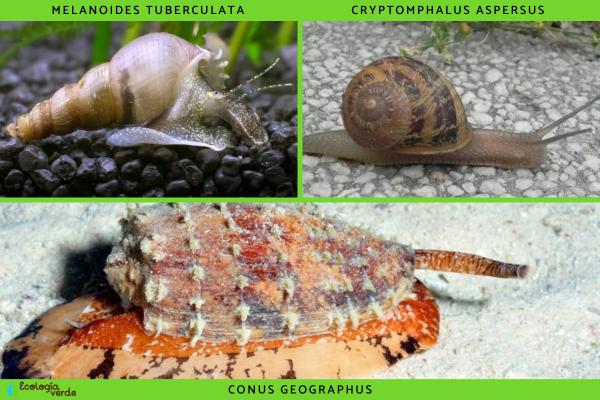
Gastropod reproduction varies with habitat and species:
Internal Fertilization: Common in terrestrial pulmonates, many of which are hermaphroditic.
External Fertilization: Typical of marine species with separate sexes, where eggs and sperm are released into the water.
Gastropods represent one of the most diverse and ecologically important classes of mollusks. Understanding their biology and ecology helps in conservation efforts and appreciating their role in ecosystems worldwide.
For more fascinating insights, explore related articles on wild animals and mollusks.
Referencias
Hall, M. 2011. "Conus geographus" (On-line), Animal Diversity Web. Accessed April 12, 2022. Visto en: https://animaldiversity.org/accounts/Conus_geographus/
Bibliografía
Myers, P. and J. Burch 2001. "Gastropoda" (On-line), Animal Diversity Web. Accessed April 11, 2022. Visto en: https://animaldiversity.org/accounts/Gastropoda/
Solem, G. Alan. "gastropod". Encyclopedia Britannica, 12 May. 2020. Visto en: https://www.britannica.com/animal/gastropod. Accessed 14 April 2022.
animal tags: Gastropods
We created this article in conjunction with AI technology, then made sure it was fact-checked and edited by a Animals Top editor.